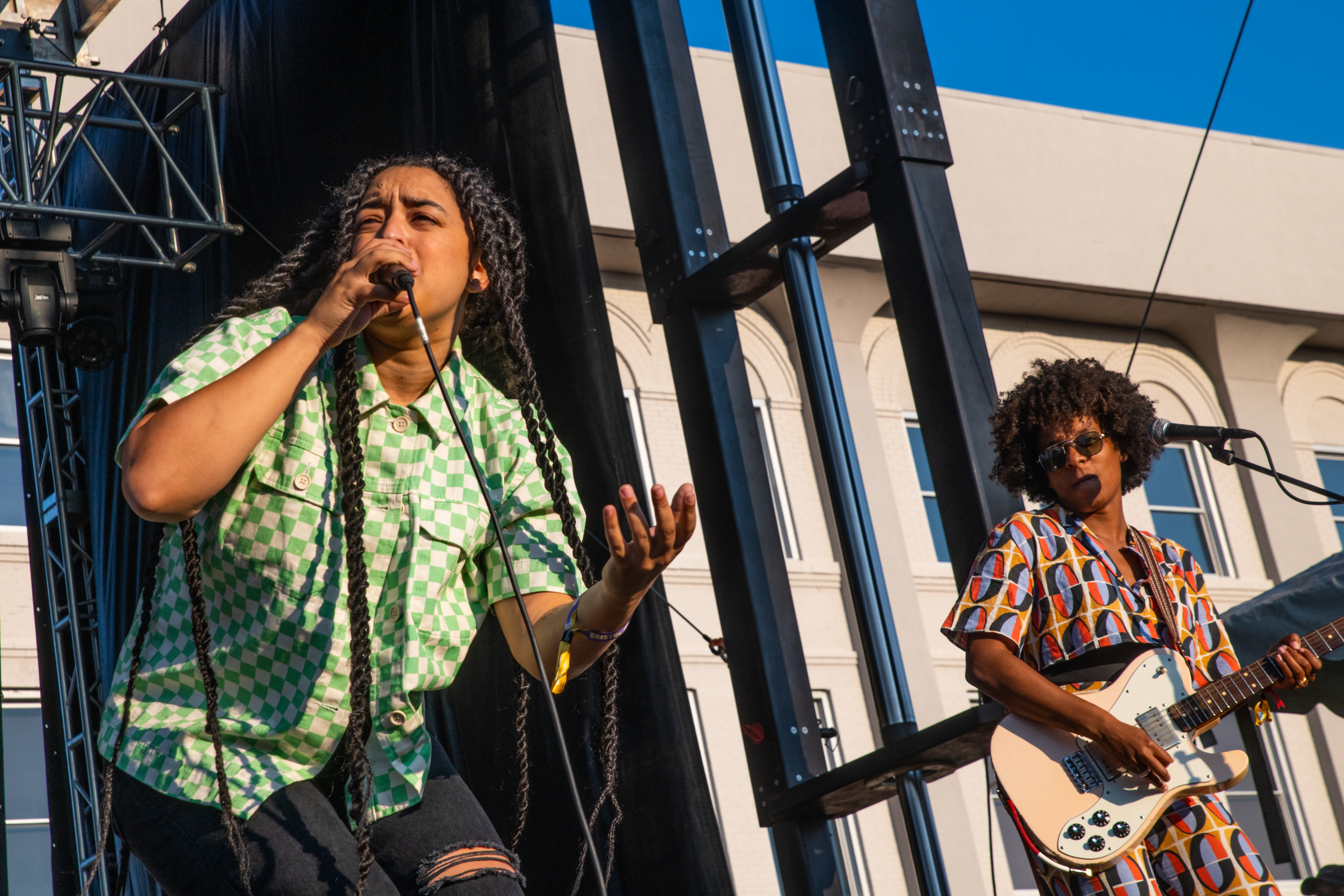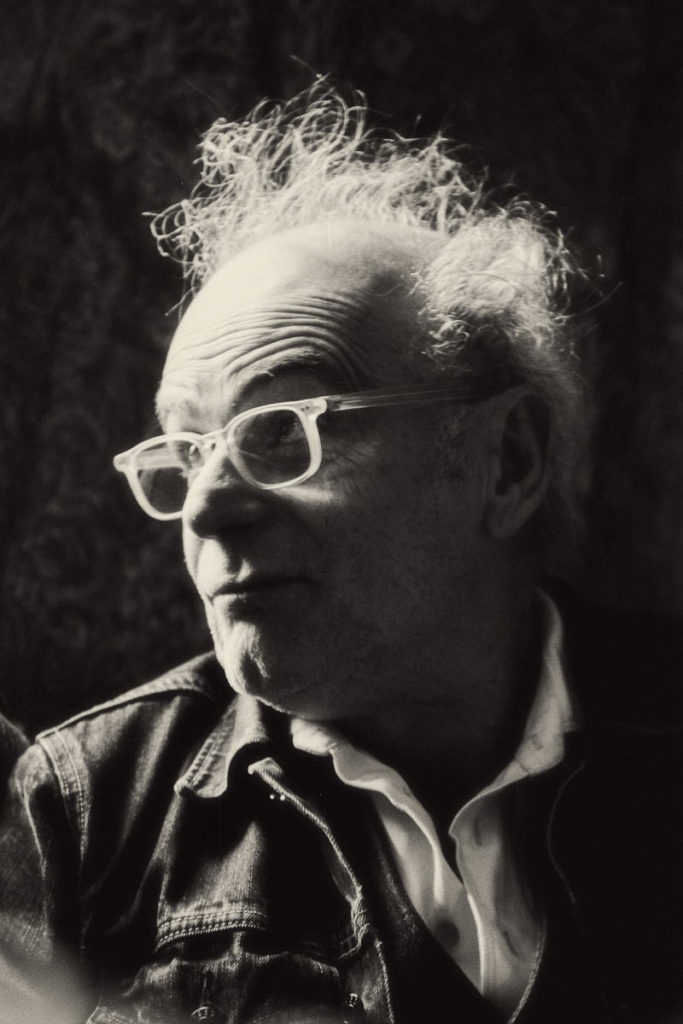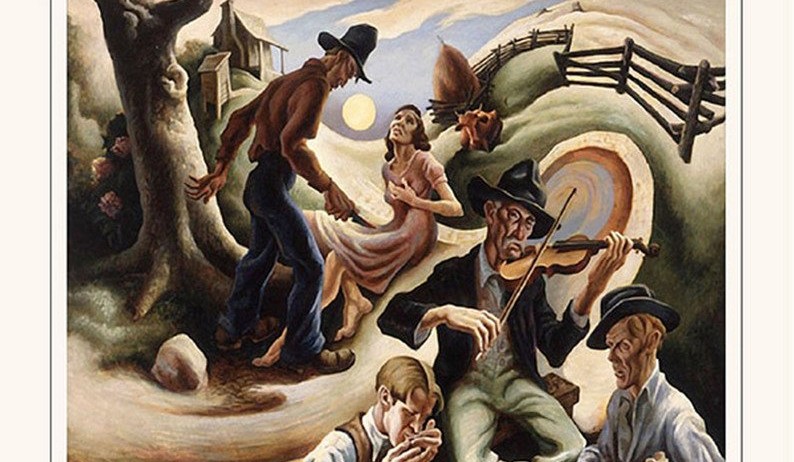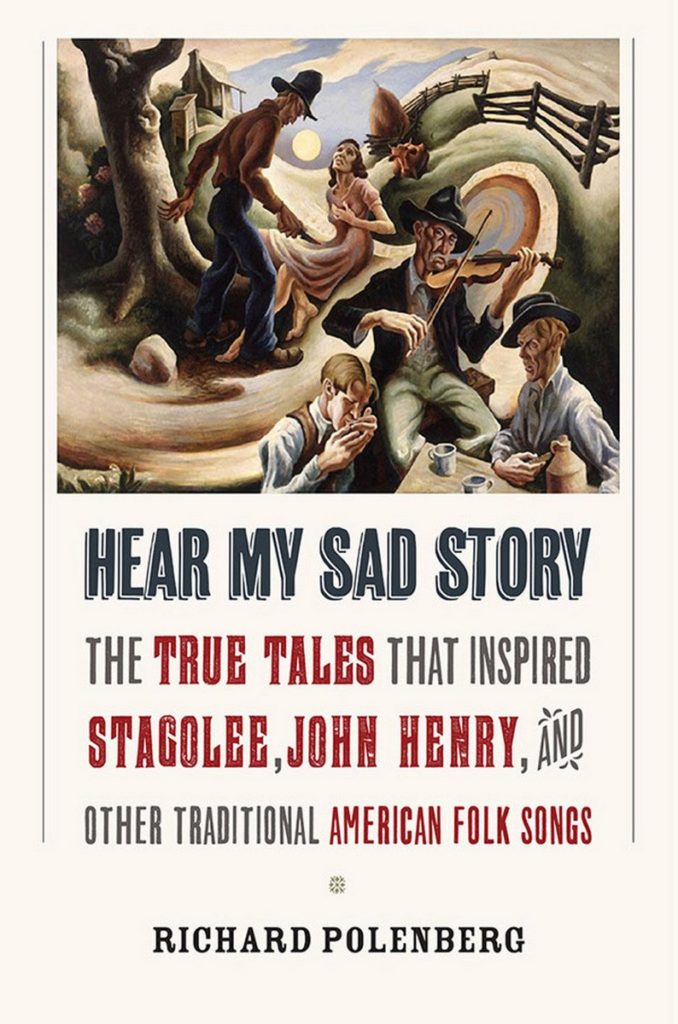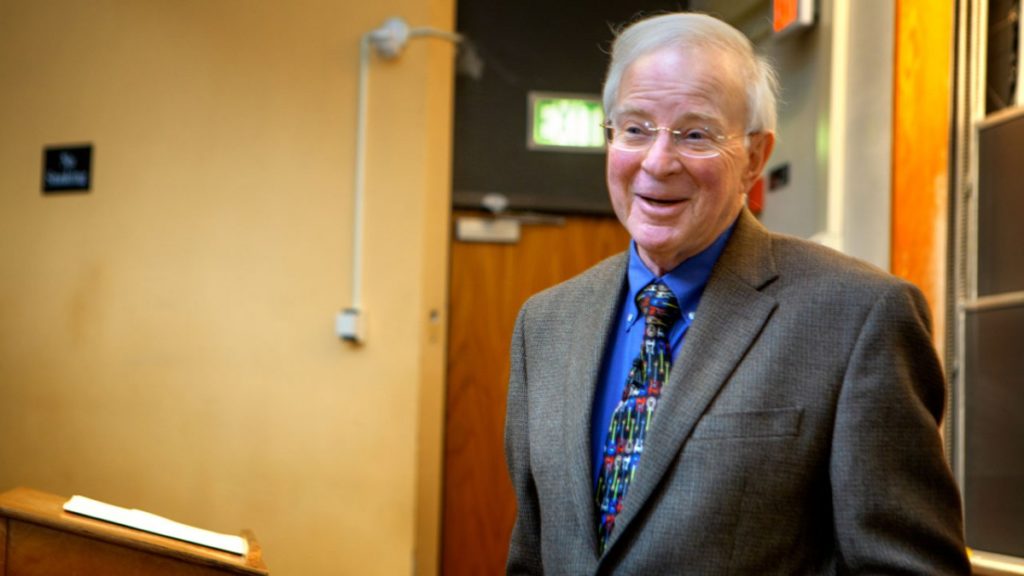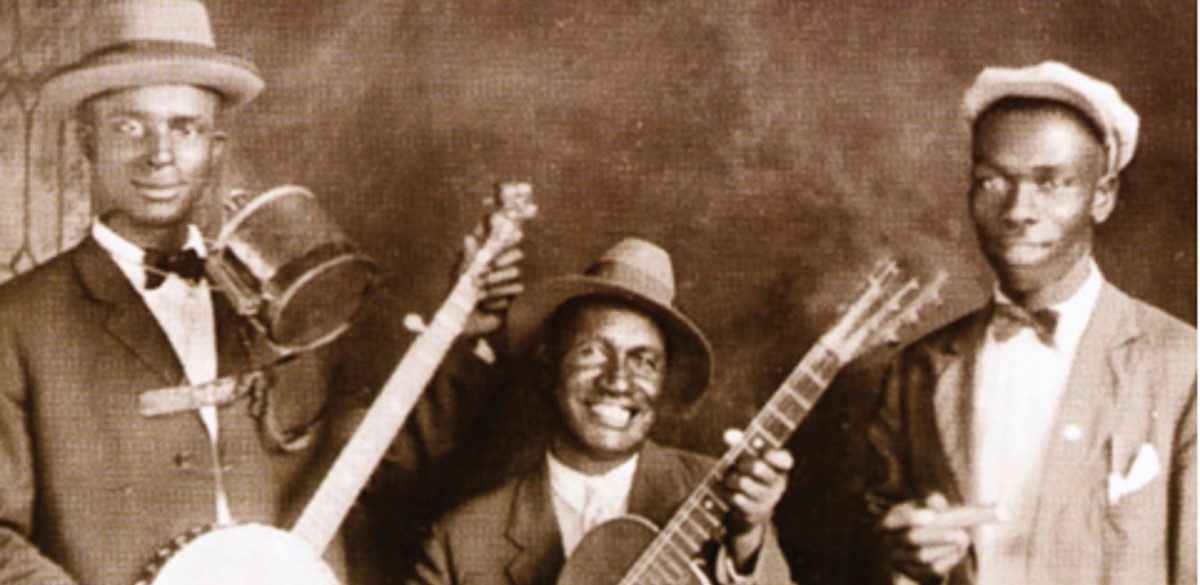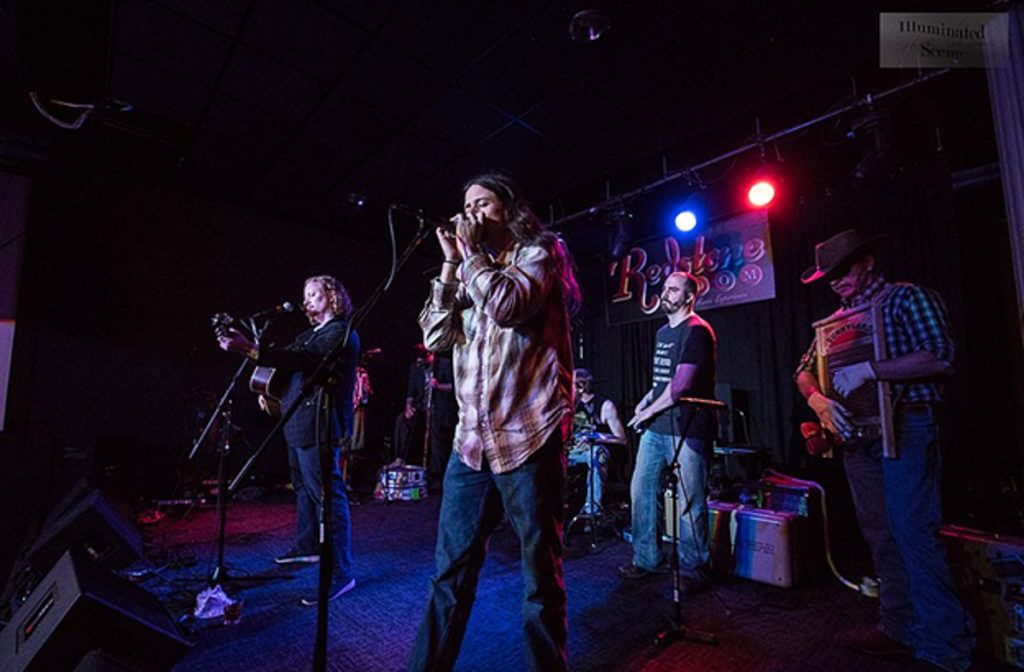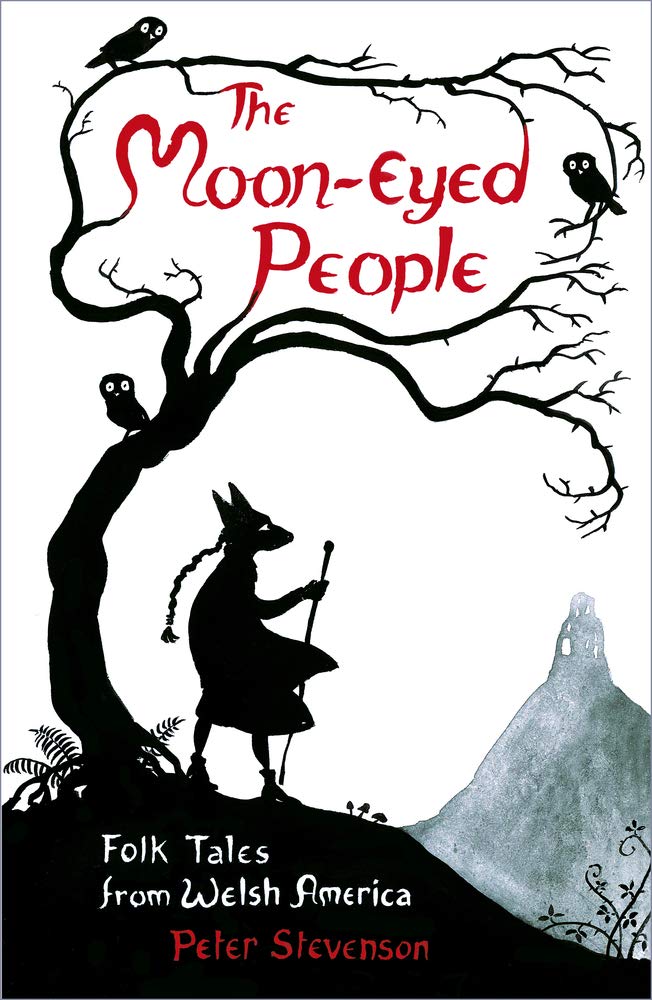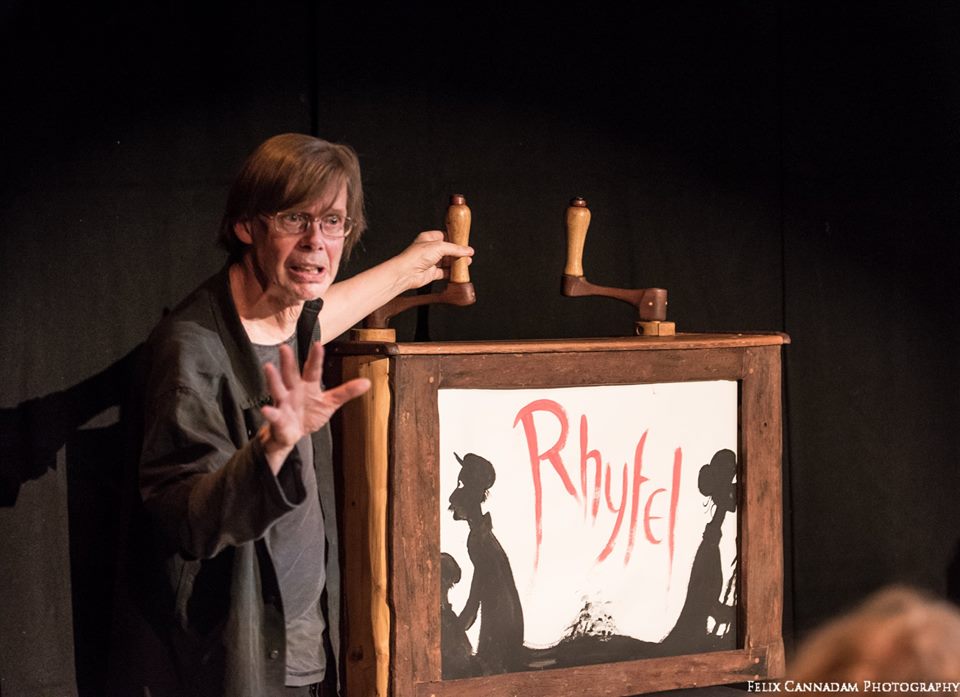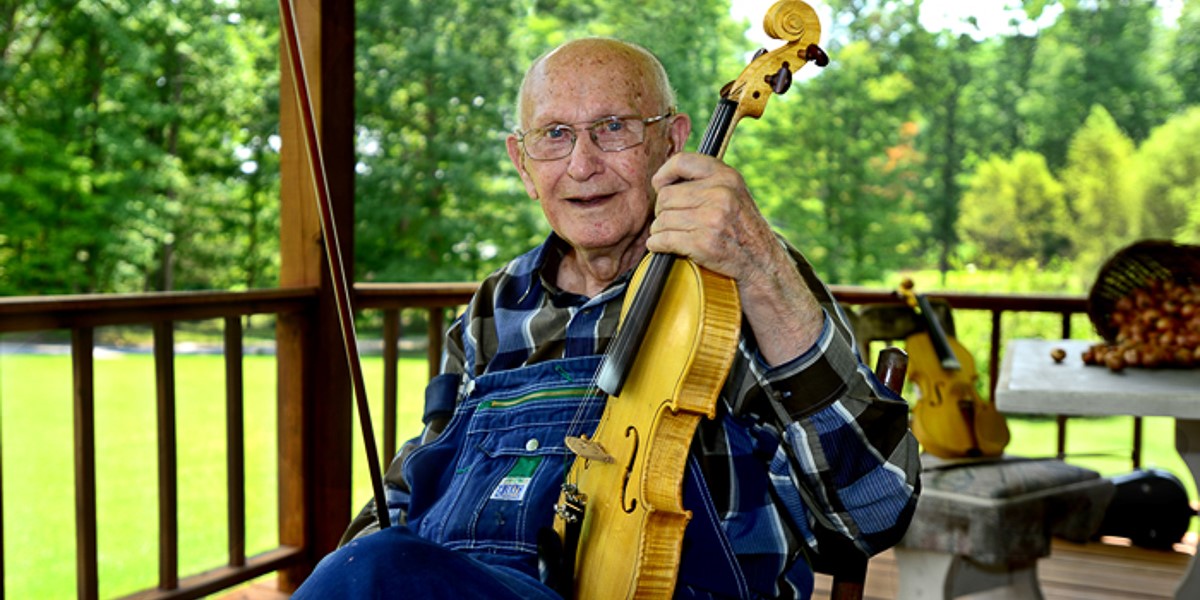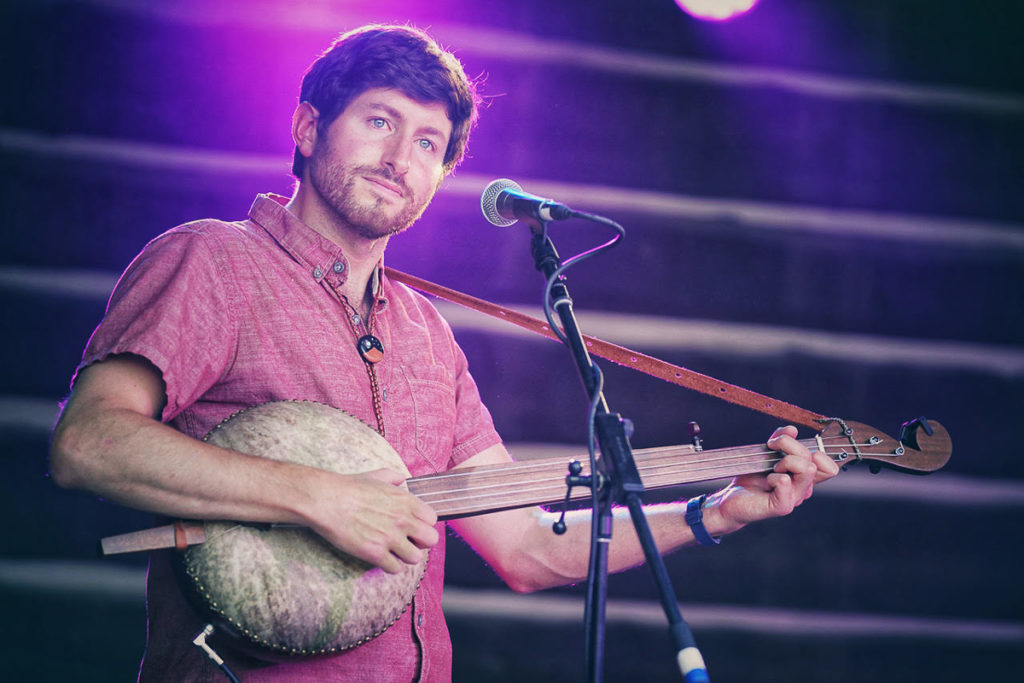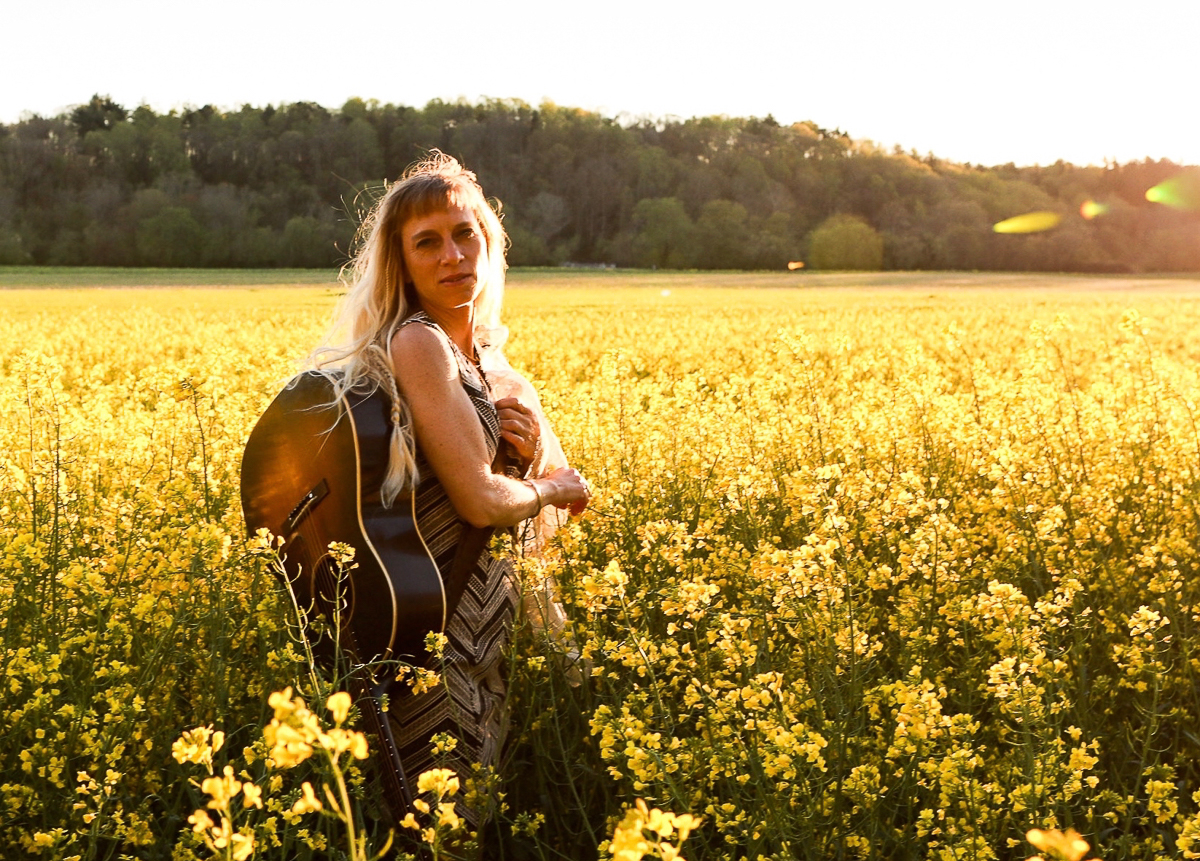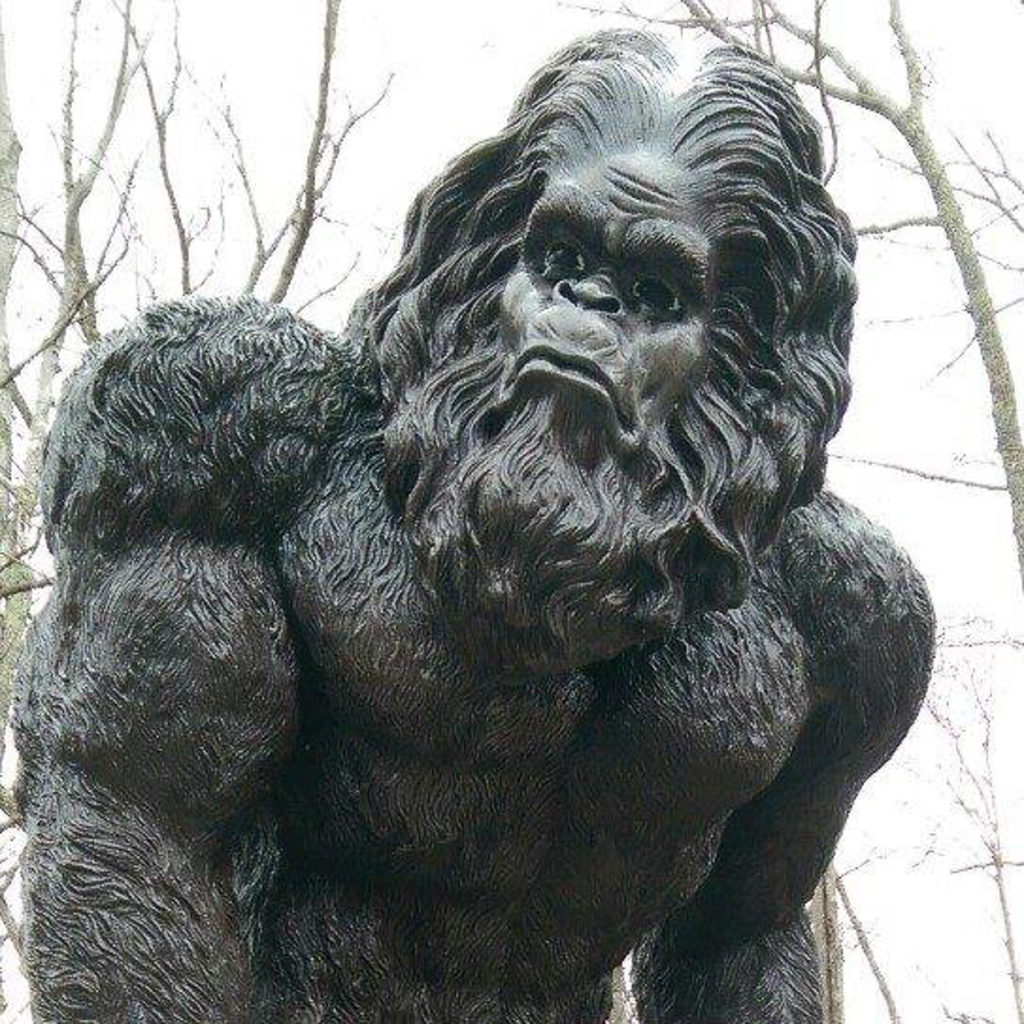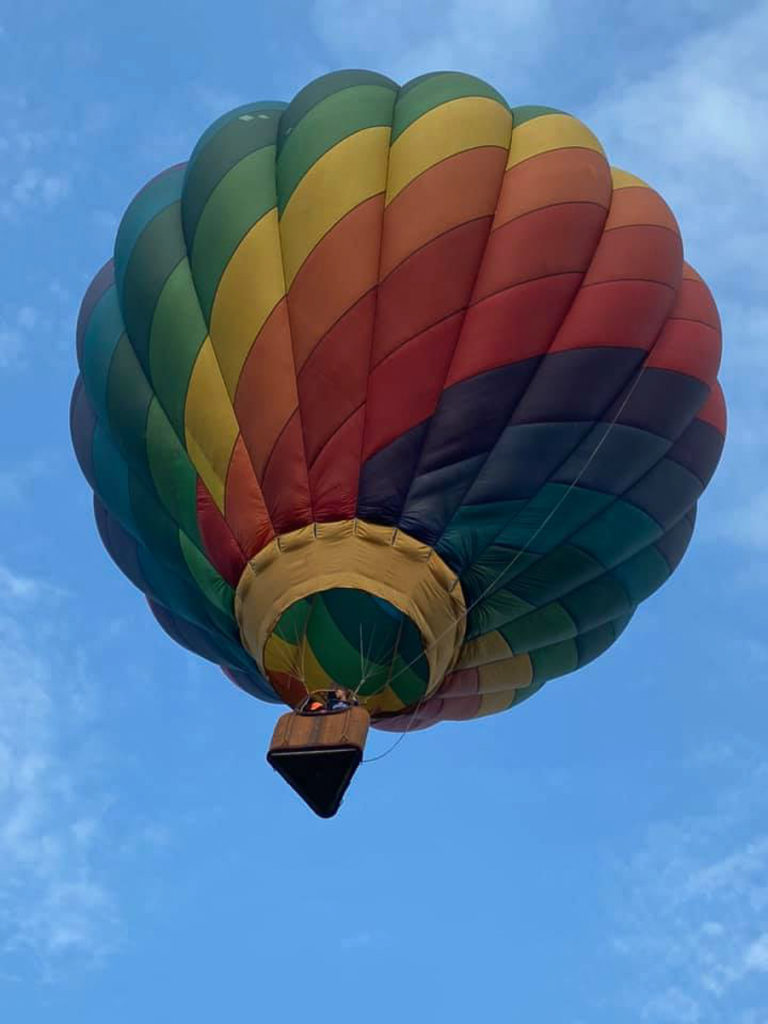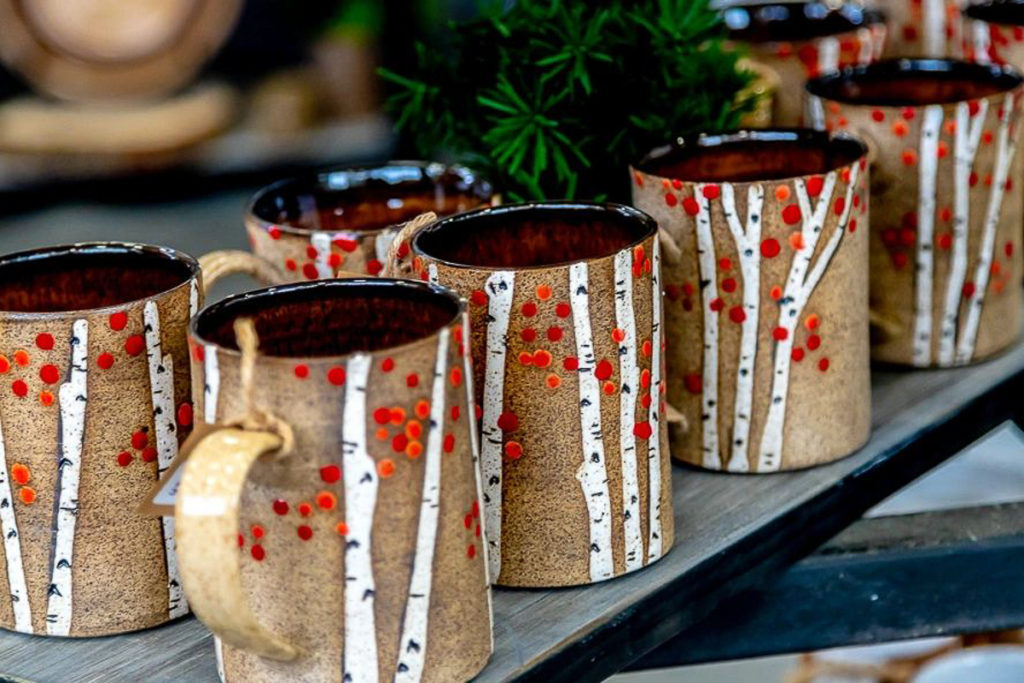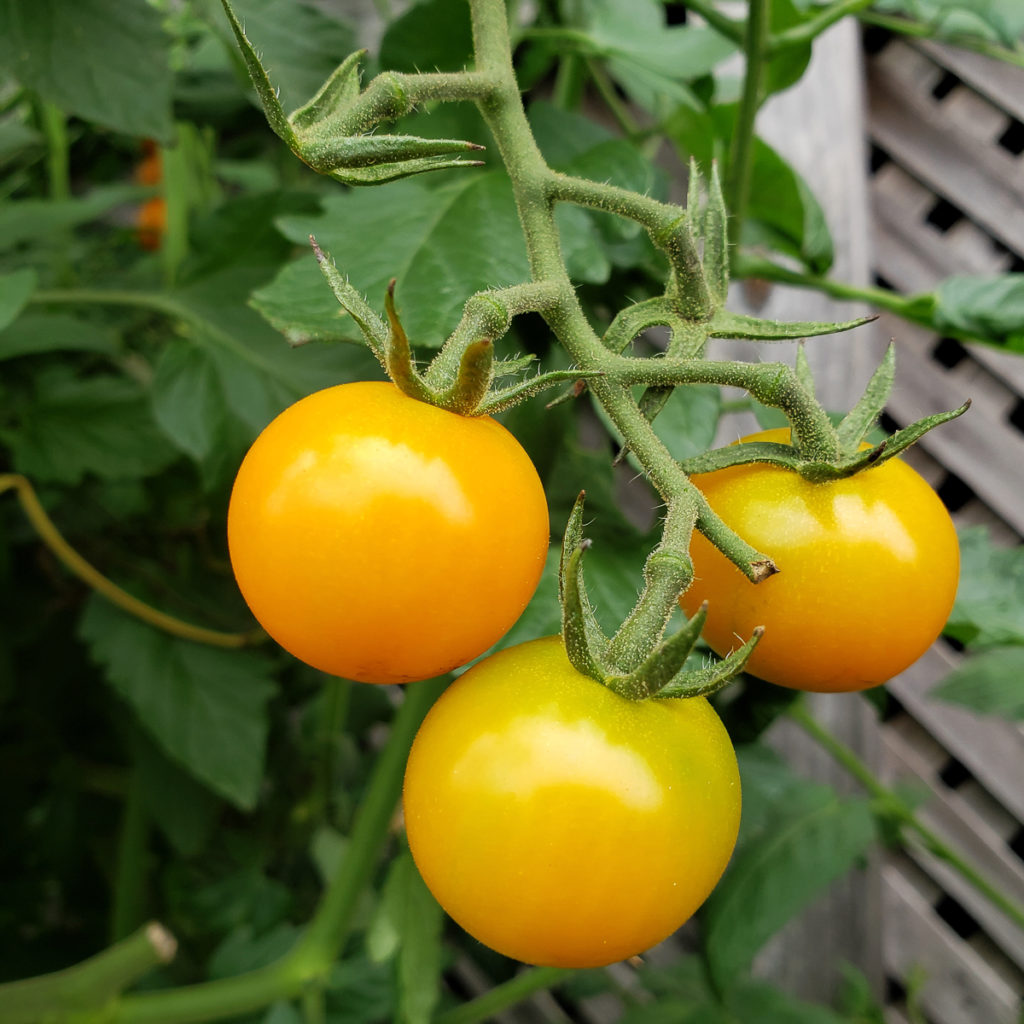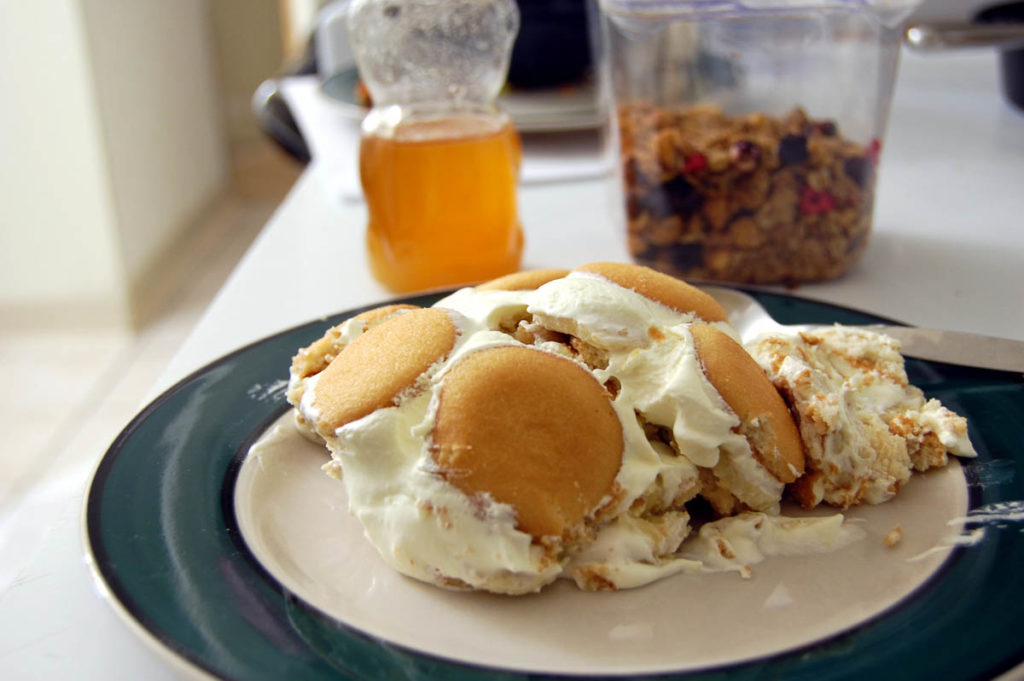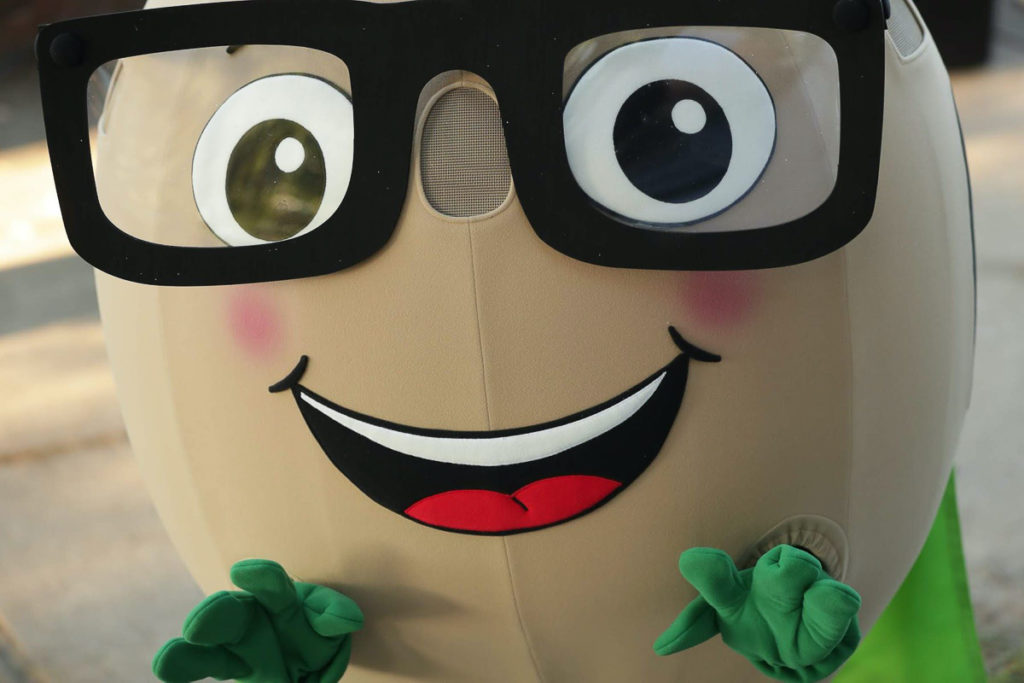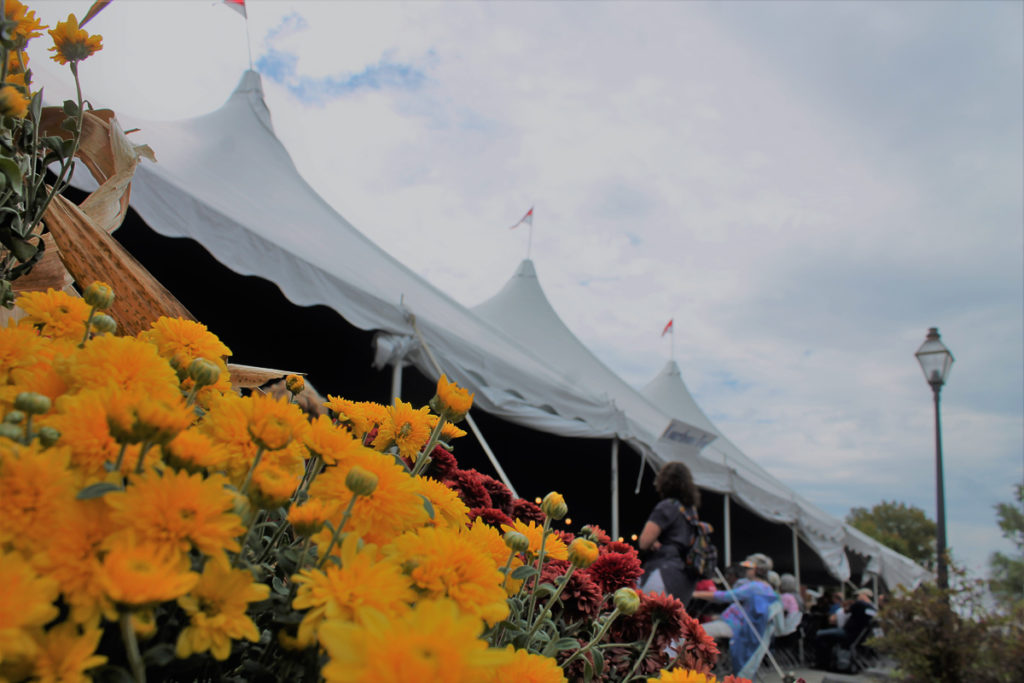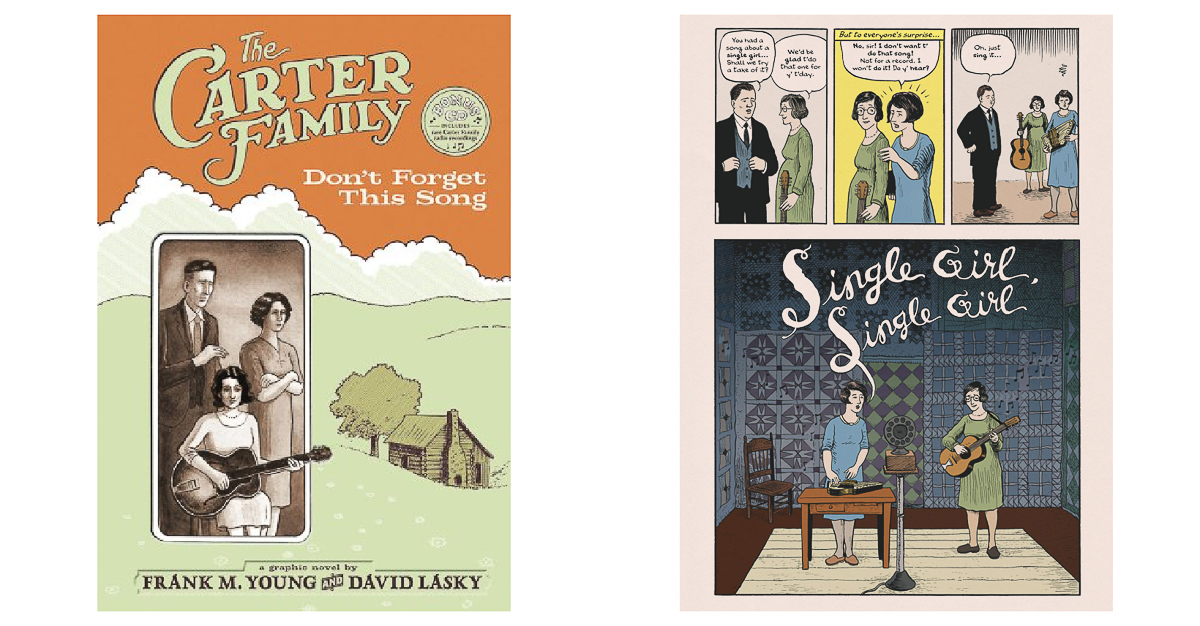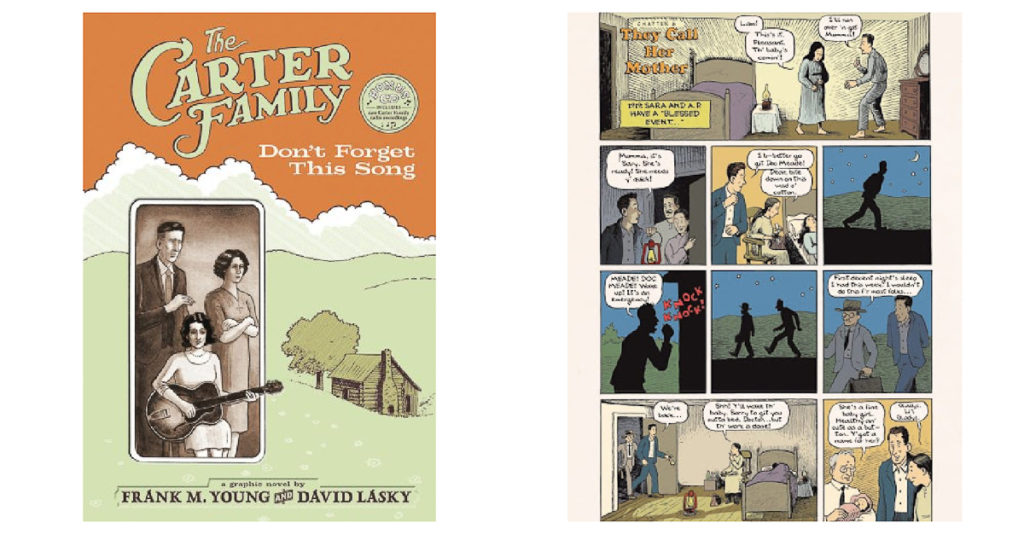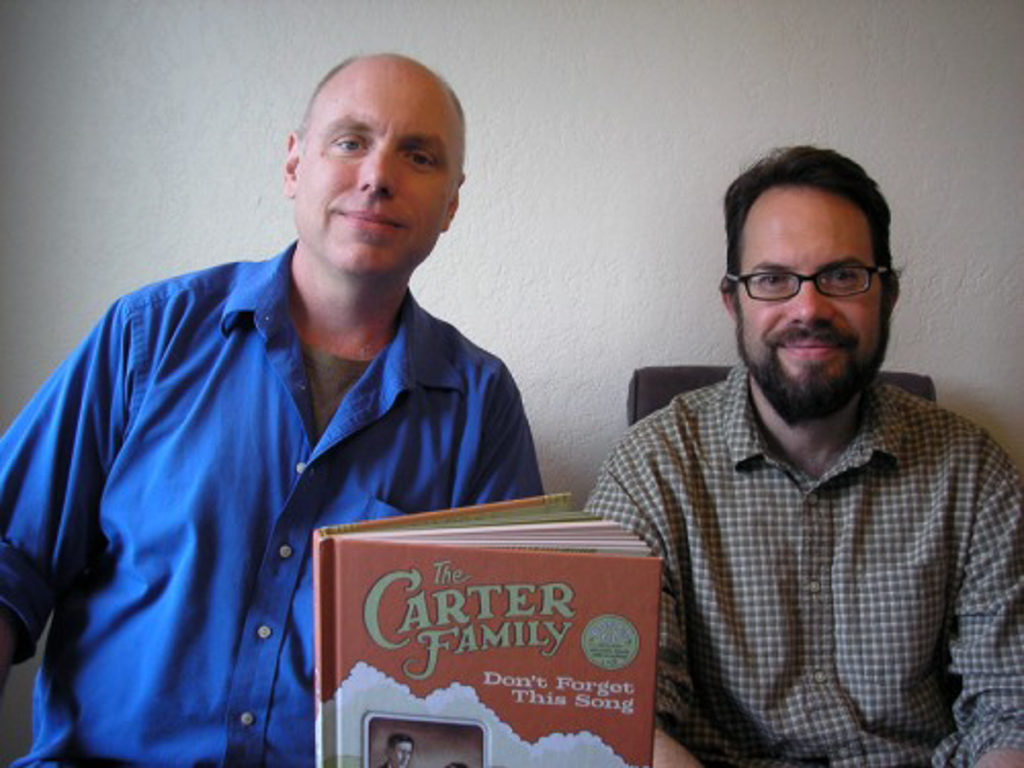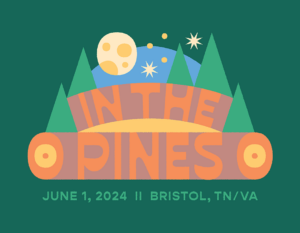After cancelling Bristol Rhythm & Roots Reunion in 2020 due to the pandemic, it was great to be back on State Street this past September dancing with friends, making new ones, and enjoying great live music again. Sometimes we take for granted that there will “always be next year” but, when 2020 didn’t happen the way we had planned, we realized just how quickly things can change. Something extraordinary could derail any of us at any given moment, so it’s important to take stock in the moment, grasp tight to any positivity one can muster, and not get mired down in circumstances we have no control over. That’s why having the festival in 2021 was so important – not just to the Birthplace of Country Music as an organization, but also to our Historic Downtown Bristol community and to the artists and the fans who count on us to curate a quality event.
The saying “a rising tide lifts all boats” applies here. Bristol Rhythm has become a family tradition that not only lifts our community economically, but it also brings us together and elevates our spirits on a deeply emotional level that’s just good for the soul. The logistics of the festival are somewhat simple – meaning we don’t offer corporate activations like free hair salon tents, silent discos or ferris wheels – instead we focus on the charm and history of Bristol’s beautiful downtown and great live music without distraction. After all, we want our guests to fall in love with the setting, the artists and their music, and the overall good vibes. Personal struggles, social class, and political affiliations are checked at the gate, and we genuinely enjoy being a community of music lovers. We’re making core memories to last a lifetime, and hopefully they’re all positive.
Though our 20th anniversary celebration presented some challenges with last-minute lineup changes and navigating COVID, we did our best to stay positive and focused on festivalgoers’ overall enjoyment. Despite the hiccups, we had a solid turnout and the music was simply blissful! The magical spark that makes Historic Downtown Bristol so special during Bristol Rhythm was ignited once again and, if only for three short days, the world was harmonious. It doesn’t get much better than that.
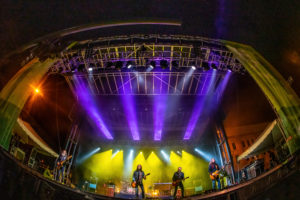
If you know, you know – meaning that those of us who attend Bristol Rhythm have a deep reverence for it. There are always people who will never truly get it unless they come here. As Communications Manager, I have spent nearly two decades pitching the festival to major music publications. We’ve had a few nice write-ups here and there, but nothing like what we received this year – thanks to the help of publicist Danielle Dror at Victory Lap. With her tenacity and great connections, around 40 reporters and journalists from a diverse group of media outlets attended Bristol Rhythm in 2021, many for the first time. Some of their words made me literally cry tears of joy, and I want to share them with you here:
- “The Reunion should be counted in the top ten most influential and enriching festivals in roots music. With its location in the heart of a rural region rich in country music talent and history, it’s helped burnish Americana’s integrity as a music field that doesn’t only rely on or reflect the cosmopolitan values that suffuse the upcoming Nashville AmericanaFest. At the same time, Bristol’s heritage has never been more relevant.” – WMOT
- “The environment and atmosphere were nothing short of magical; as if Jimmie Rodgers, The Carters, and the others were watching over everybody celebrating the beauty of what they started 100 years ago.” – Music Mecca
- “Bristol Rhythm & Roots Reunion did a great job celebrating the region’s cultural history and musical folkways. In the process, area talents and local business owners benefited in the hear-and-now from Bristol’s legacy and its ability to draw stars the caliber of Anderson and Lauderdale to an idyllic, small and Southern town.” – Wide Open Country
- “[Bristol Rhythm & Roots Reunion] may be our favorite festival yet. We encourage music fans to visit this special gathering in its next editions.” – JRod Concerts Podcast
- “There is a neo-traditionalist movement afoot that has the potential to dynamically alter the future of country music. Far from the madding crowds of Nashville’s Lower Broadway and the boardrooms and industry offices on nearby Music Row, it’s happening in the genre’s ancestral home of Bristol – on the Tennessee/Virginia border – at the city’s Rhythm & Roots Reunion.” – The Boot
- “Bristol Rhythm & Roots Reunion blended sounds both old and new, offering a variety of current and up-and-coming artists in the place where country music started a century ago. The festival continued to honor and carry forward traditions established in the city known as the Birthplace of Country Music.” – Blue Ridge Outdoors
- “Bristol Rhythm & Roots is a festival that inspires artists and upholds tradition. Seeing the return of the festival following last year’s cancellation, bringing together musicians and music lovers for a weekend of communal camaraderie in reverence to the music that was made there, the words of a Carter Family classic still ring true for it is evident that the ‘circle will remain unbroken’.” – The Alternate Root
- “The 20th Bristol Rhythm & Roots Reunion defines best as a triumph. From Radio Bristol’s Farm and Fun Time show at the Country Music Mural on Friday afternoon through Saturday night’s scintillating Blackberry Smoke performance and Sunday’s eloquent set from Son Little on State Street, attendees luxuriated in music courtesy [of] Rhythm & Roots.” – Bristol Herald-Courier
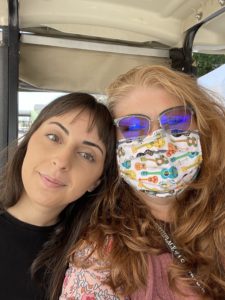
I want to take the time to thank each and every one of you who stayed with us through thick and thin, and for everyone who has supported us over the years. From our fans and volunteers to our sponsors and artists, you are responsible for making Bristol Rhythm & Roots Reunion the best music festival ever, and we appreciate you for helping us achieve all the things we couldn’t have achieved on our own. We really needed that support this year, and we are grateful for you in a million different ways.
As we sit down at our tables on Thursday to give thanks, we offer you an abundance of gratitude for your generosity, good will, kindness, and understanding through what has been a difficult time for all of us. May you be in the presence of those you love most this Thanksgiving – well wishes for a healthy, happy holiday and brighter days ahead for us all! We hope you enjoy our Bristol Rhythm Gratitude Spotify playlist as you gather and know you are forever in our hearts:
Charlene Baker is the Communications Manager at the Birthplace of Country Music.


